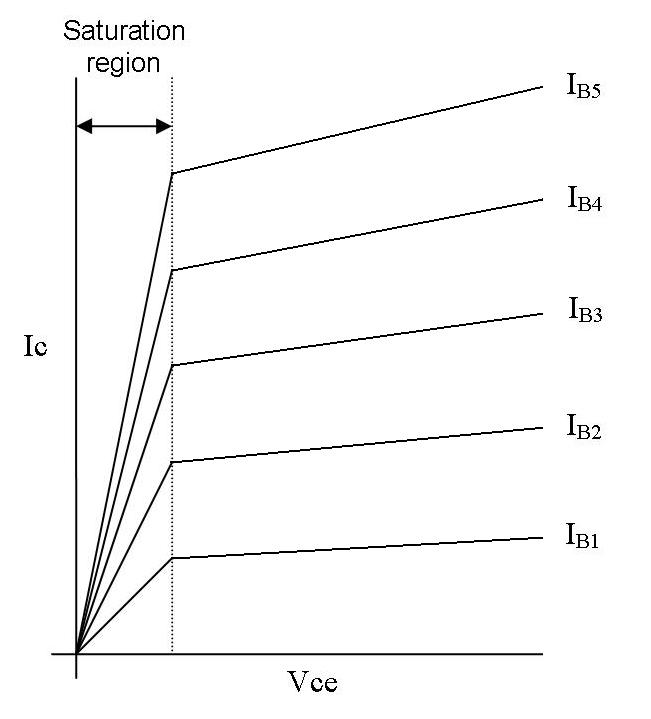It can be confusing because in a MOSFET the saturation region is something else and they call the "linear" region what would be the "saturation" region in a BJT. Why oh why?
Here's my simplified picture of things for a BJT: -

Note that all the curves for different base currents do not overlap as is commonly shown. If they did overlap there would be no BJT based 4-quadrant multipliers (Gilbert cell). They rely on the saturation region being able to modulate the current for a given CE voltage. Anyway, that's a bit off the mark for your question.
The saturation region does include the scenario when CB is forward biased but I don't think this is particularly helpful - most applications of BJTs being usedthe saturation region (or close to it) must still encompass normal transistor amplification and, as switches barely impose onfar as I know, this area becausecannot happen when the collector-base region is and base are forward biased "transistor" action no longer operates and Hfe approaches 1 and you can realistically view this as two back-to-back diodes.
Why doesn't further increase in base current cause changes in collector current?
It does up till the point when the collector-base junction is forward biased. The curves look bunched in your diagram (and this is an error basically) but they are still different and for a given low voltage across C-E, the current is proportional to that voltage AND the base current.
Hope this helps.
